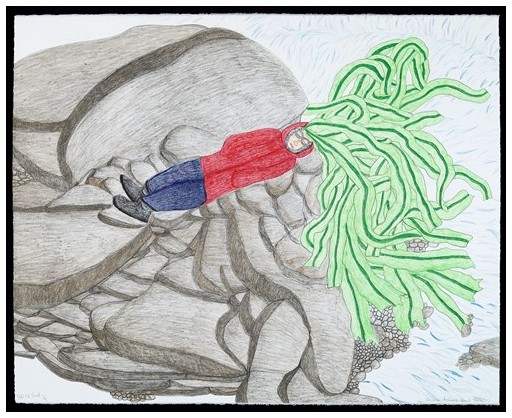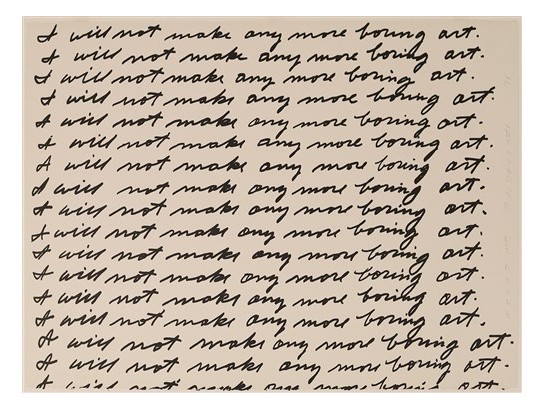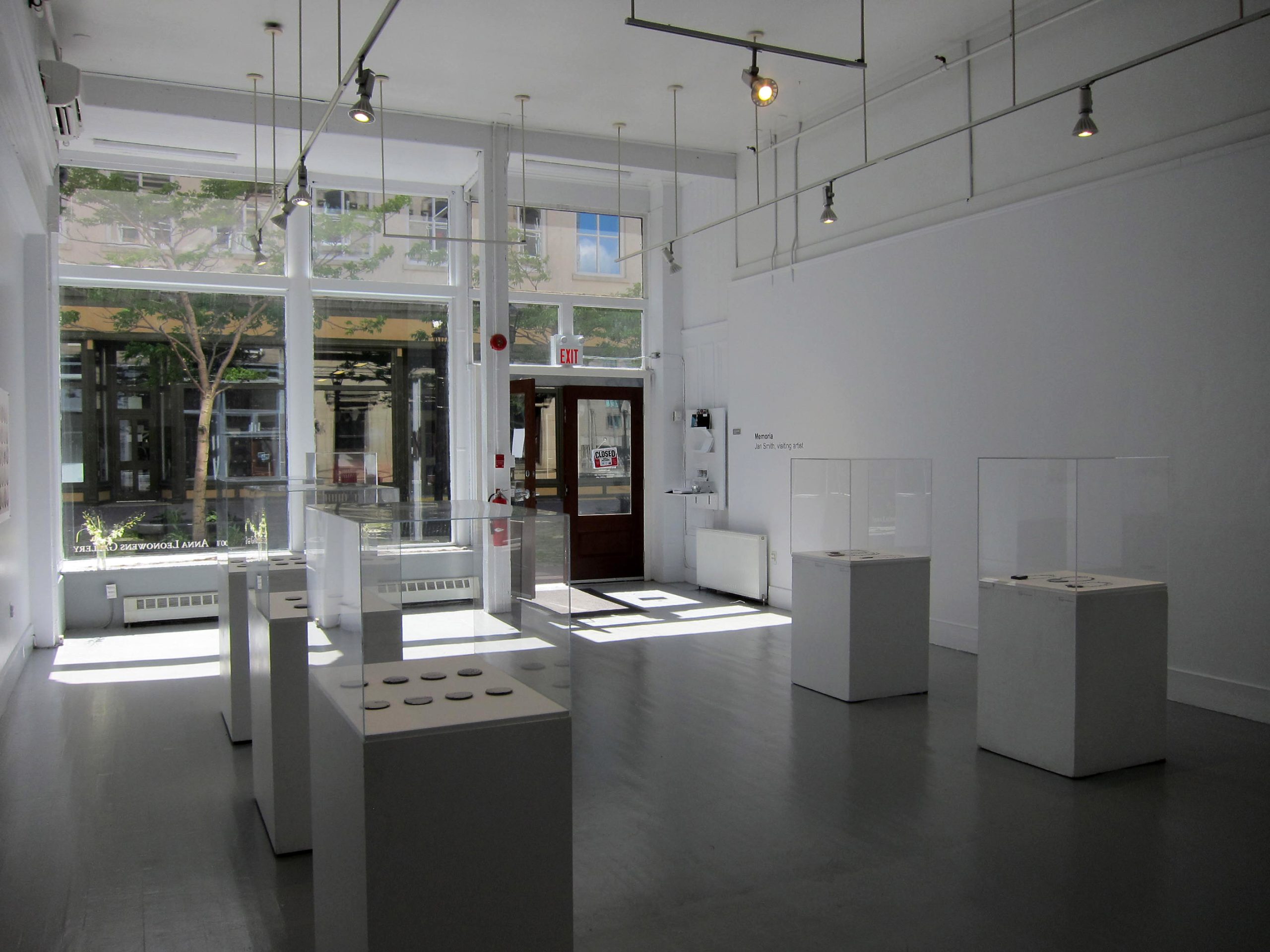Digitizing NSCAD University’s permanent art collection promotes public accessibility to its art and artifacts.


Some of the art that was digitized includes important works by artists like Shuvinai Ashoona (left) and John Baldessari. Courtesy: Anna Leonowens Gallery.
On average, most galleries and museums only show a quarter of their collection to the public at any given time. NSCAD’s permanent collection is almost entirely in storage – but now with the digitization of NSCAD’s historic Lithography Workshop, it is starting to be made available to the public for the first time.
Erinn Langille, director of the Anna Leonowens Gallery Systems (the Anna), believes the digitization project is an invaluable way for the public to access its art and artifacts, and to promote NSCAD’s rich history and importance as a fine arts institution.
“There are many works in NSCAD’s permanent collection that have never been displayed,” says Langille. “Digitizing the collection allows people to see what we have, and the ways NSCAD engaged with many art movements.”
While there’s still a long way to go to have the entire collection accessible, Langille is pleased that NSCAD’s historic Lithography Workshop was the first component to be made available online.
Some of the artwork being digitized in the collection include works of the Group of Seven, Andy Warhol, important projects of the Conceptual art movement and the Feminist Art movements of the 60s and 70s, as well as our own Student Art Award winners of the past 15 years. There is a large collection of Asian bronze sculpture and botanical prints, as well as a ceramic horse from the Tang Dynasty. The NSCAD Permanent Collection has over 1600 artworks in total.
The gallery plans to add the rest of its permanent collection by 2027.
“It will be great to eventually offer total access to this huge collection of art and objects they didn’t know existed,” says Langille. “It showcases the dynamic output of our faculty, visiting artists, and other individuals whose work we’ve collected. People can reference that work and see the full breadth of our collection.”

A PROJECT TO PRESERVE ARTWORKS FOR FUTURE GENERATIONS
Each summer for many years the Anna hires students through Young Canada Works to continue to catalogue the collection. Talk of making that catalogue accessible circled for years, but it wasn’t until former Anna gallery director, Melanie Colosimo, applied and received a ‘Digital Access to Heritage’ grant, through the Canadian Heritage Museum Assistance Program, that proper digitization could get underway.
With the Gallery director’s oversight, the University hired The Kalaman Group—an industry-leading art collection firm—to help organize what staff, faculty and students had been trying to manage for years. They photographed, consolidated, catalogued, and organized the entire Permanent Collection in one overarching system.
The goal is to make these digitized works available through a unique search engine on the NSCAD library website and the Anna Leonowens Gallery website, so that any researcher, student or member of the public could scroll through the images and information of artworks in the collection. This helps with the curation, research and education of the artworks in NSCAD’s collection, a vital collection in the history of Art and art education, for Canada and around the world.
Rebecca Young, NSCAD’s director of library services, believes that the digitization of the art gallery’s collections puts the spotlight on one of NSCAD’s biggest strengths.
“The Anna Leonowens Gallery System is one of the best parts of NSCAD, especially for student life and student experience,” says Young. “It’s so unique to this field of study of the art world. You can’t say enough about the history of the gallery that’s reflected in its permanent collection and the digitized collection, it is such a rich and important source of information.”
One of the biggest benefits of digitization is that it helps preserve these works for future generations, as well as increasing accessibility.
“Rather than having to go in person to physically handle the object, digitization reduces the potential for damage and normal wear-and-tear,” she says.
“Digitization also means you get to see everything. You get to view a very good quality duplicate, and that is very helpful because you get a big picture sense of what’s in a collection.”
To see the digitized collection, visit the Anna Leonowens Gallery website.
